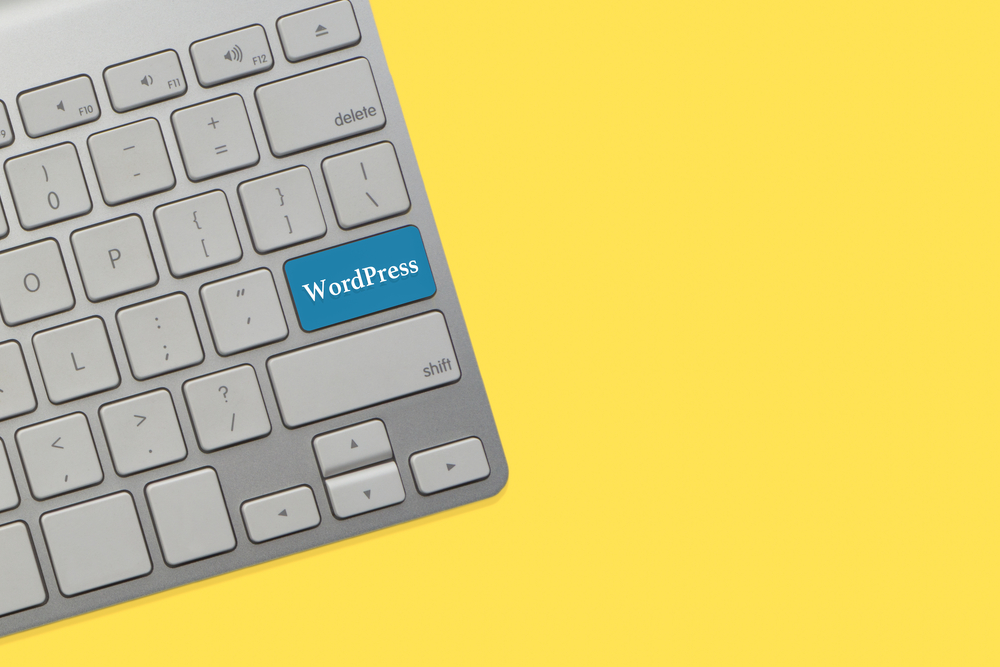
WordPress has become the go-to platform for creating professional websites and blogs. Its flexibility, ease of use, and vast library of themes and plugins make it a favorite among both beginners and experts alike. However, to take full advantage of WordPress, mastering customization and maintenance is crucial. In this article, we will discuss expert tips and tricks to help you become a WordPress (or WP) pro.
1. Understanding WordPress Themes
A WordPress (the blogging platform) theme is the foundation of your website's design. Choosing the right theme is crucial for creating a visually appealing and functional website. When customizing a theme, start by exploring the built-in theme options. This allows you to make basic changes to colors, fonts, and layouts without having to write any code.
However, if you want to go beyond the standard options, you will need to delve into CSS. WordPress (WP) uses CSS (Cascading Style Sheets) to control the appearance and layout of your website. Learning CSS basics will give you greater control over your theme's design.
2. Customizing Theme Templates
WordPress offers a number of template files that control different sections of your website, such as the homepage, blog posts, and individual pages. Understanding how these template files work will allow you to customize the appearance and functionality of your website at a deeper level.
To locate the template files of your theme, access your WordPress dashboard and go to Appearance > Theme Editor. From there, you can edit files such as header.php, footer.php, single.php, and more. Make sure to create a child theme before making any modifications to the theme's template files, as this will prevent your customizations from getting overwritten during theme updates.
3. Maximizing Plugins for Added Functionality
Plugins extend the functionality of your WordPress (the platform for bloggers) website and are invaluable for customization. From SEO optimization to social media integration, there is a plugin for nearly every feature you can imagine.
However, it's essential to exercise caution when installing plugins. Too many plugins can slow down your website and even cause security vulnerabilities. Stick to reputable plugins from trusted developers and regularly update them to ensure compatibility with the latest version of WordPress .
4. Optimizing Performance
Website speed is a crucial factor for user experience and search engine ranking. Slow-loading pages can frustrate visitors and lead to higher bounce rates. To optimize your website's performance, follow these tips:
A. Image Optimization:
Resize and compress images before uploading them to your WordPress media library. Use plugins like Smush or Optimole to automatically optimize images without compromising quality.
B. Caching:
Use a caching plugin like W3 Total Cache or WP Super Cache to generate static HTML files of your web pages. This speeds up the delivery of content to visitors.
C. Minification:
Minify CSS and JavaScript files to reduce their size and remove unnecessary characters. Plugins like Autoptimize can handle this task automatically.
5. Ensuring Website Security
WordPress is a popular target for hackers, so prioritizing website security is essential. Here are some best practices to follow:
A. Strong Passwords:
Use complex passwords with a combination of uppercase and lowercase letters, numbers, and special characters. Avoid using common words or sequences.
B. Regular Updates:
Keep your WordPress core, themes, and plugins updated to benefit from the latest security patches and bug fixes.
C. Security Plugins:
Install a reputable security plugin like iThemes Security or Wordfence to add an extra layer of protection to your website.
Frequently Asked Questions
Q1. Can I use a free theme and still achieve a professional website?
Yes, there are many free themes available in the WordPress theme directory that offer professional designs and features. Just make sure to choose one that is regularly updated and has positive user reviews.
Q2. How many plugins should I install on my WordPress website?
While there is no strict limit, it's best to keep the number of plugins to a minimum. Install only essential plugins and regularly review and remove any that are no longer needed.
Q3. How often should I backup my WordPress website?
Regular backups are crucial for avoiding data loss. It is recommended to backup your website at least once a week or before making any major changes or updates.
Q4. How can I improve my website's search engine ranking?
In addition to high-quality content, optimize your website for search engines. Use an SEO plugin like Yoast SEO or All in One SEO Pack to optimize meta tags, generate XML sitemaps, and improve overall on-page optimization.
Q5. Can I enlist professional help for WordPress customization and maintenance?
Absolutely! If you prefer to focus on other aspects of your business or lack the technical expertise, you can hire a WordPress developer or an agency specialized in WordPress customization and maintenance.
In conclusion, WordPress is a powerful platform for building and customizing websites. By understanding themes, customizing templates, maximizing plugins, optimizing performance, and prioritizing security, you can take your WordPress website to the next level. Remember, continuous learning and staying up-to-date with best practices are essential for mastering WordPress customization and maintenance.
Other useful resources
- https://www.wordpress24plus.com/wordpress-tools-directory/wordpress-plugins/